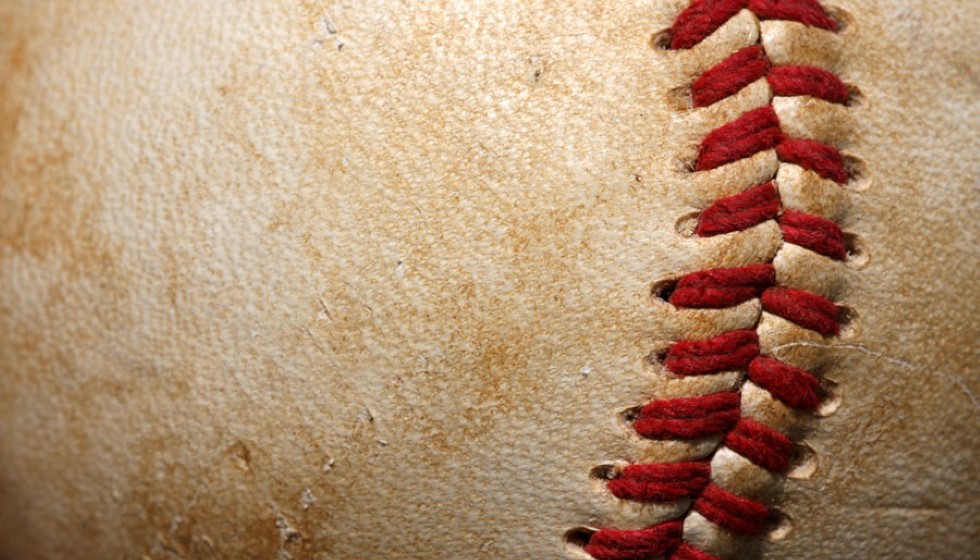
In the ever-evolving world of Major League Baseball (MLB), where speed and power dominate, a concerning trend is emerging—a significant rise in pitcher injuries. High-profile names like Eury Pérez, Shane Bieber, Jonathan Loáisiga, and Spencer Strider have recently found themselves sidelined. Framber Valdez's last-minute withdrawal from a scheduled start due to elbow soreness raises more flags. The underlying causes, including the rapid pace of play adjustments and the relentless quest for more velocity and spin, are putting unprecedented strain on pitchers' arms. This development not only jeopardizes the careers of these athletes but also the very fabric of the game itself.
Alarming Injury Statistics
Recent statistics unveil a stark reality: 34.2% of MLB pitchers have undergone Tommy John surgery, a procedure designed to repair a torn ulnar collateral ligament in the elbow. As of the start of the season, a staggering 80% of players on the injured list were pitchers, underscoring the disproportionate impact on this group. These figures suggest a crisis within the sport, as the demand for ever-greater pitching performances takes a toll on the athletes' bodies.
Factors Behind the Injury Surge
Several factors contribute to the escalating injury rates among pitchers. The MLB's implementation of a pitch clock is speculated to add further strain, pushing pitchers to deliver quickly and possibly compromising their form and technique. Moreover, the relentless push for increased velocity and enhanced spin rates places additional stress on pitchers’ arms. This quest for perfection in pitch delivery might be exceeding the natural limits of human anatomy.
The crackdown on the use of foreign substances has also led to more injuries, according to some players. Pitchers have relied on substances like pine tar to gain a better grip on the ball, arguably reducing the risk of injury. The ban on these substances has left players struggling to adapt, potentially contributing to the injury uptrend.
Early specialization in youth baseball is another factor, resulting in early wear and tear on young pitchers’ arms. There's also growing concern around the health impacts of reduced recovery time between outings. Despite these significant changes in the game and their potential consequences, the league has yet been reticent in acknowledging or studying their effects thoroughly.
Player Perspectives and Frustrations
The sentiment among players, particularly pitchers, is one of frustration and concern. One player candidly expressed, "Our concerns about the health impacts of reduced recovery time have only intensified." Such statements reflect a broader unease regarding the direction in which the sport is headed with respect to player welfare.
Another voice from within the ranks criticized the league's approach to the issue, stating, "The league's unwillingness thus far to acknowledge or study the effects of these profound changes is an unprecedented threat to our game and its most valuable asset—the players." This reflects a perceived gap between the league’s regulatory actions and the health and well-being of its athletes.
The ban on foreign substances has been particularly contentious. One pitcher shared, "I truly believe 100% that's why I got hurt. I'm frustrated MLB doesn't understand. You can't just tell us to use nothing. It's crazy." This captures the dilemma faced by pitchers who feel without suitable alternatives, they're more susceptible to injuries.
Looking Ahead
The increasing prevalence of pitcher injuries in MLB is a complex issue that doesn’t seem to have an easy solution. It involves balancing the competitive edge of the sport with the physical limits of the players. Understanding the factors contributing to this trend is the first step towards mitigating risks and developing safer playing practices. The league, together with players and coaches, needs to engage in open dialogue and conduct comprehensive studies to protect the health of its players—ensuring that the drive for faster, more powerful play does not come at the cost of the athletes' well-being.
As baseball continues to evolve, finding this balance will be crucial for the sustainability of the sport and the health of its most valuable asset—the players. The current state of affairs serves as a call to action for all stakeholders in the league to prioritize the safety and health of players above all.